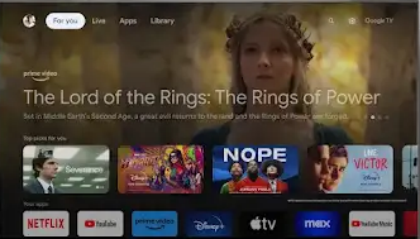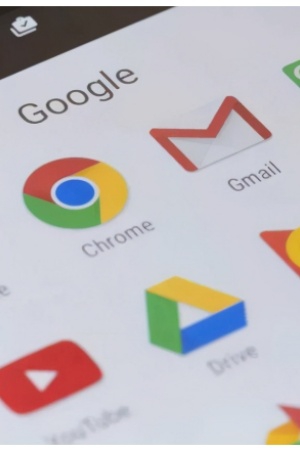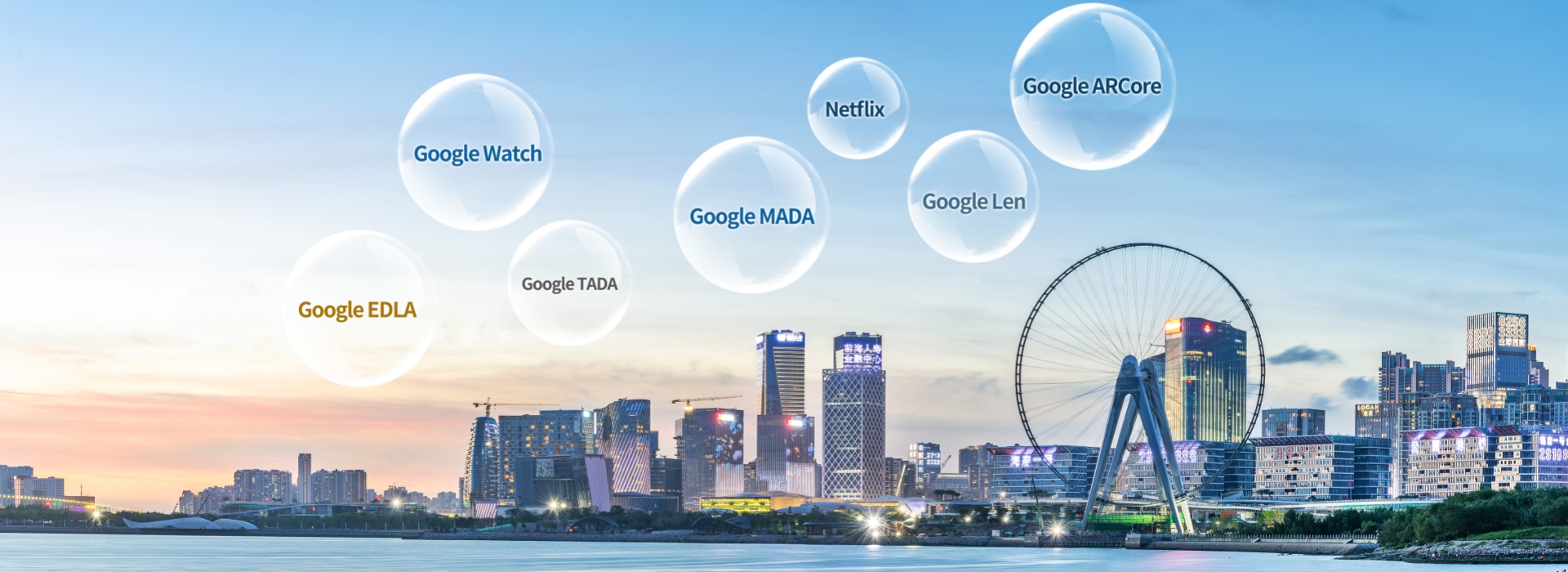Google/Android TV CDD Details
1. What is a Google/Android TV device?
A Google/Android TV device refers to an Android-based television device, providing an entertainment interface suitable for users viewing television programs from approximately 10 feet away ("interface for large-screen entertainment experiences" or "interface for viewing from 10 feet away"). It allows users to watch digital media, movies, TV broadcasts, play games, and/or use applications.

2. Google/Android TV device classification
2.1 Embedded screens (televisions) with a diagonal length exceeding 24 inches.
2.2 Devices with video output ports, such as VGA, HDMI, DisplayPort, or wireless ports (TV boxes).
Both must provide a mechanism (remote control) for users to remotely control the interface displayed on the screen (potentially 10 feet away).
3. Remote control requirements
3.1 Remote controls should allow users to navigate and input functions using non-touch navigation and core navigation keys.
3.2 Directional keys must be supported.
3.3 "Home" and "Back" functions must be provided.
3.4 Both single press and long press events of the "Back" function must be sent to foreground applications.
4. Google/Android TV hardware requirements
4.1 Must support Bluetooth and Bluetooth LE.
4.2 At least 4 GB of non-volatile storage space must be available for storing application-specific data (ROM should be 8GB or more).
4.3 If USB interfaces are supported, external cameras must be supported.
4.4 For TV device implementations, if 32-bit, the memory available for kernel and user space must be at least 896 MB (RAM should be 1GB or more); if 64-bit, it must be at least 1,280 MB (RAM should be 2GB or more).
4.5 Must include a microphone, have an audio output mechanism, and support game controllers.
5. Multimedia support
TV device implementations must support the following audio encoding and decoding formats and make them available for third-party applications to use:
MPEG-4 AAC Profile (AAC LC)
MPEG-4 HE AAC Profile (AAC+)
AAC ELD (Enhanced Low Delay AAC).
TV device implementations must support the following video encoding formats and make them available for third-party applications to use: H.264, VP8.
6. Software requirements
6.1 For all public intent filter modes defined by the general intent, one or more applications or service components must be preloaded with intent handlers.
6.2 A full implementation of the android.webkit.Webview API must be provided.
6.3 If the device implementation supports a lock screen, a lock screen notification containing a media notification template must be displayed.
6.4 Strongly recommended to support Picture-in-Picture (PIP) multi-window mode.Must support third-party accessibility services, strongly recommended to preload accessibility services on the device.
6.5 Must support installing third-party TTS engines, strongly recommended to include TTS engines that support languages available on the device.
6.6 Must support TV input framework.
7. Performance requirements
7.1 Consistent frame latency. The frequency of inconsistent frame latency or frame rendering latency must not exceed 5 frames per second and should be below 1 frame per second.
7.2 Sequential write performance must be guaranteed to be at least 5 MB/s.
7.3 Sequential read performance must be guaranteed to be at least 15 MB/s.
7.4 Sequential write performance must be guaranteed to be at least 5 MB/s.
7.5 Random write performance must be guaranteed to be at least 0.5 MB/s.
7.6 Random read performance must be guaranteed to be at least 3.5 MB/s.
8. Features that must be declared
8.1 android.hardware.gamepad
8.2 android.hardware.audio.output
8.3 .hardware.type.television
8.4 android.software.leanback
8.5 android.hardware.security.model.compatible
9. Difference between Android TV and Google TV
Google TV is supported by an underlying operating system called Android TV OS. Some smart TVs and streaming devices use the Android TV operating system but do not have the Google TV interface. These devices are called Android TV devices.
Recommended items
-

GMS test and certification process/cycle/version type/test content
GMS certification helps device manufacturers and developers gain access to the Google ecosystem and ensures that their devices are widely accepted in the marketplace. (GMS is known as Google Mobile Service.)...View more -

Google Android TV certification project process and testing content
Google Android TV certification is a program by Google that ensures a device meets a set of requirements and standards before being allowed to use the Android TV operating system. This certification ensures that the device is compatible with the Android TV platform and the user experience meets the standards set by Google. Device manufacturers must meet certain hardware and software ...View more -

Google Android TV TADA protocol TV certification service
TADA is one of the many protocols in Google GMS certification, Google for different products, launched different protocols, in addition to TADA protocol, there are MADA protocol, EDLA protocol, GAS protocol, different protocols for different products....View more




